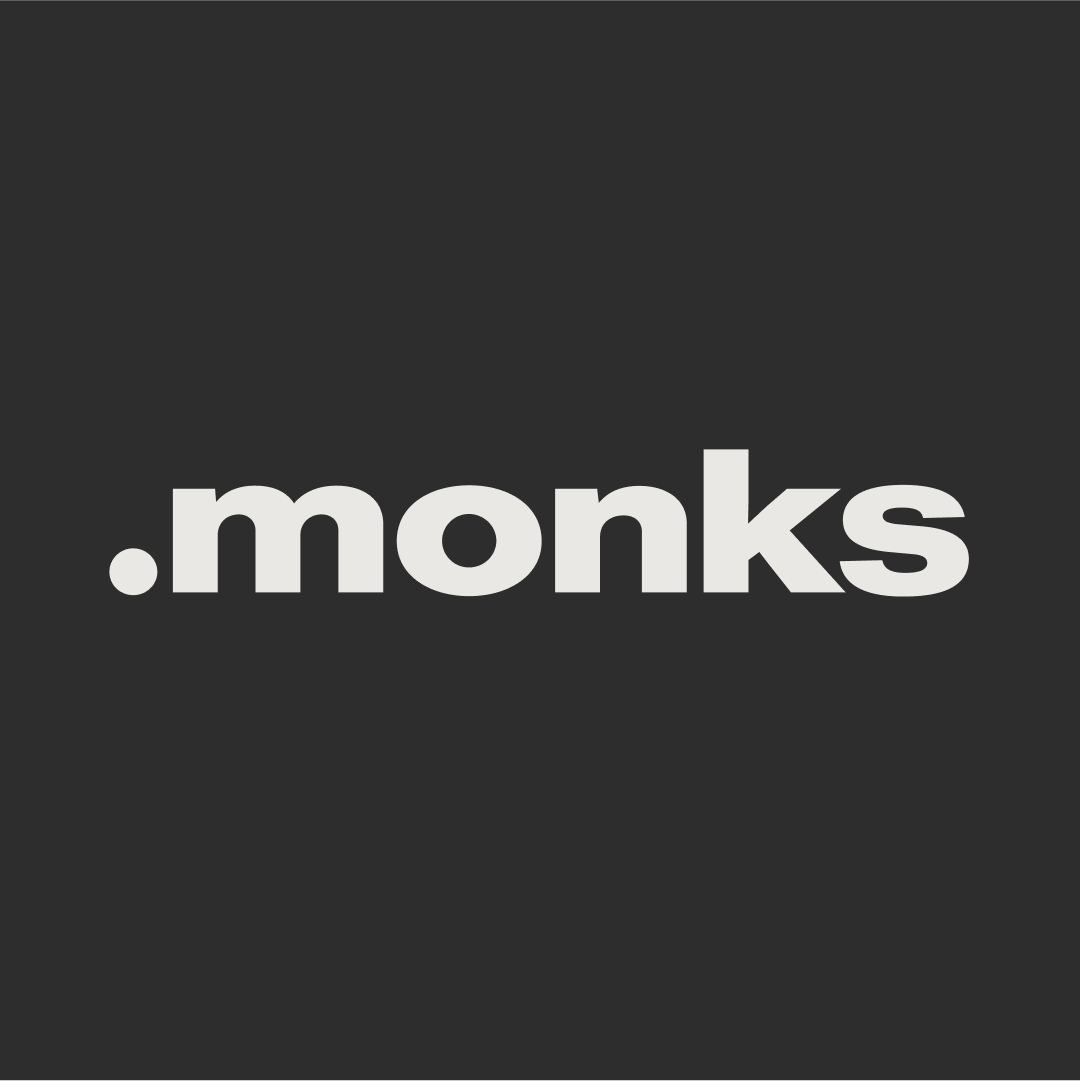How F1 is Racing Puma into the Future of Retail
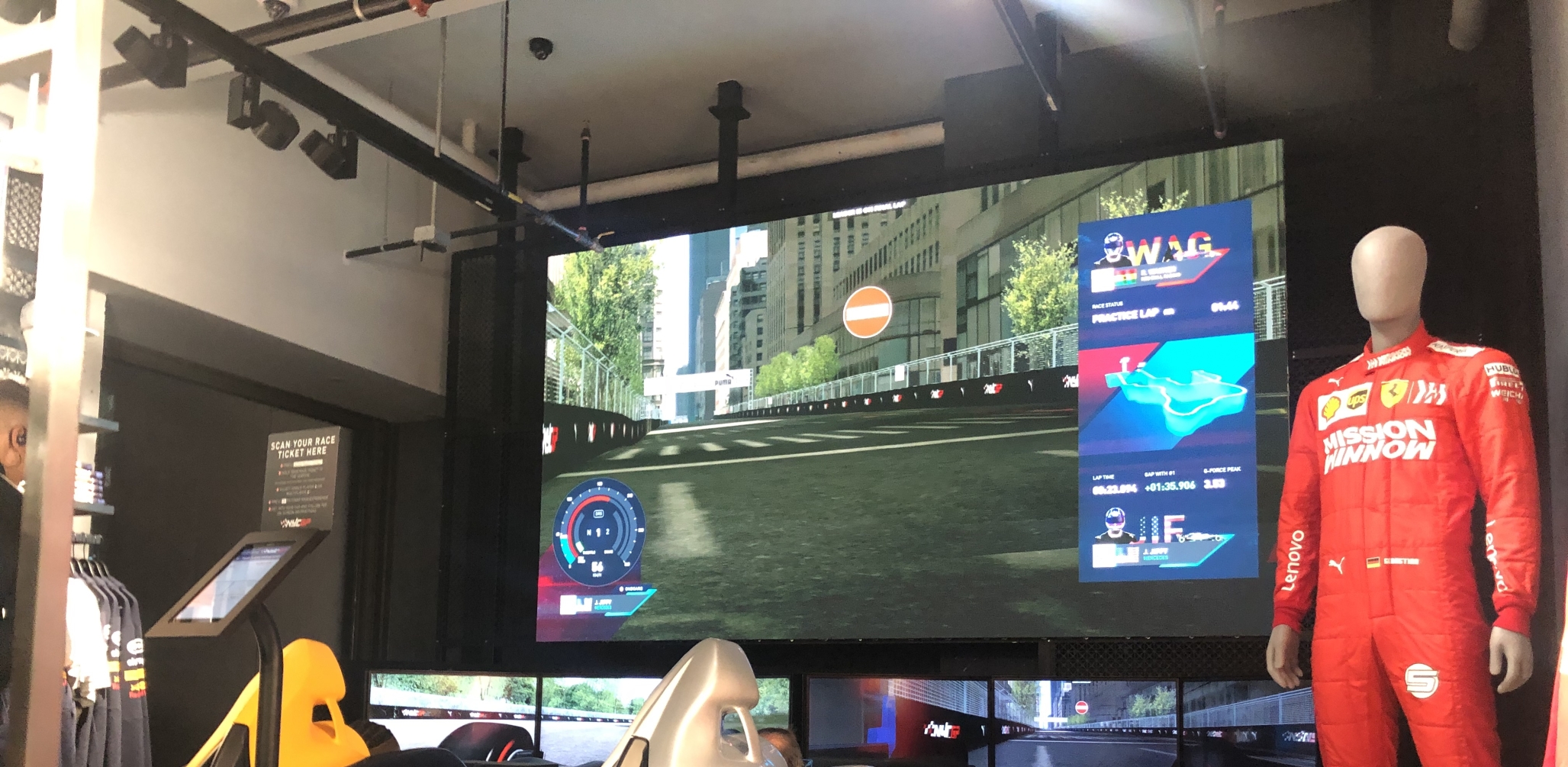
With the emergence of e-commerce giants and online competition, a new breed of future-thinking retailers has emerged. ANA’s 2019 Future of Retail Report notes that “The future involves having the right culture, using innovative approaches and technologies and a having a willingness and the skills to use data to learn from customers.” Future-thinking retailers, who can no longer rely on old strategies built on convenience and variety of product, are seeking to immerse their customers within tech-infused and value-added experiences.
These brands strive to attract and inspire consumers through in-store experiences, and must carefully consider how to bridge together offline and online, digital and physical—a delicate balance through which forward-thinking retailers stand to build equity through innovation and differentiation.
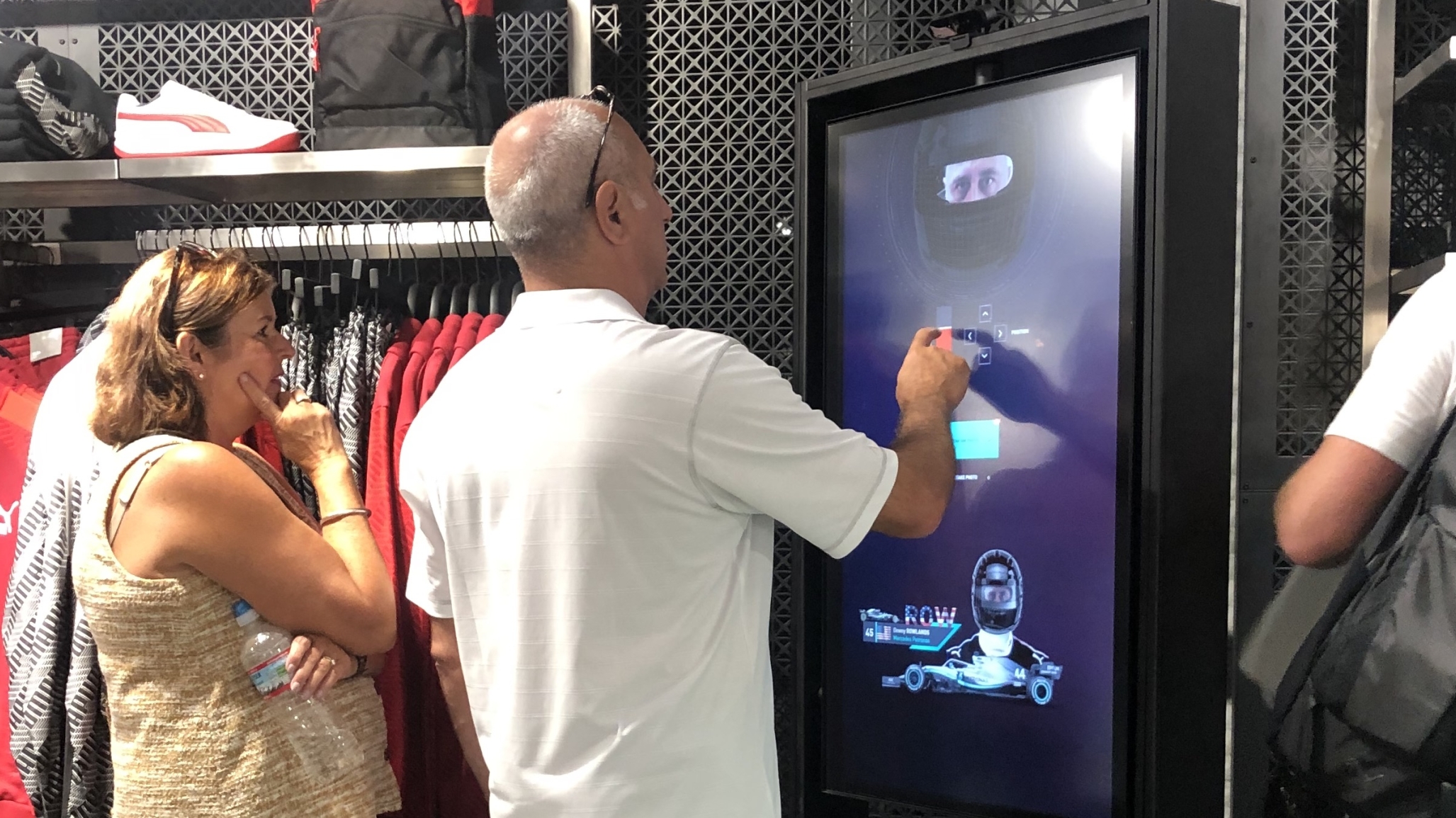
The registration kiosks offers several points of personalization, like outfitting yourself in the virtual racing helmet you've selected.
When users register to race at the in-store kiosk, for example, they’re offered the chance to provide a handful of information to personalize their racing experience. From inputting their name and chosen country to represent, to uploading a photo of their face overlaid with a custom helmet rendered much like an AR selfie filter, participants can immediately imagine themselves in the racing cockpit. After selecting a team to race with, they get to “meet” their coach: racers Max Verstappen (Red Bull team) and Lewis Hamilton (Mercedes-Benz AMG), who offer advice before the race on a seamlessly integrated mobile site and even react to users’ performance afterward.
Of course, in a competitive experience like this, people want bragging rights, so real-time performance results are key. These are offered in metrics like the user’s driving speed and time around each lap. “Racers can take the data from the race and compare how well they did against other people, providing additional insight to their takeaway video,” says Kenmore, referencing the video users receive after completing a race. This personalized takeaway portrays highlights from the race, allowing them to remember the experience or share out to friends.
From pumping up participants as they prepare for the race to offering personalized feedback reactive to their unique performance, the NYCGP experience is built around inspiring a drive for performance and success within a friendly competitive environment—and that’s where the story behind the brand shines through. It’s through these moments that the new flagship store effectively tells the brand story to an audience that might be unfamiliar and unaware, building a strong personal connection in the process.
[The store is] a visualization or embodiment of our presence in this market, and New York in particular.
Puma set out to achieve precisely this in opening its first North American flagship store last week on 5th Avenue, New York City’s premier shopping street. Aiming to immerse shoppers in a seamless mix of technology, art and creativity, the store offers several opportunities for shoppers to engage directly with the brand through apparel customization, in-store classes on printing with streetwear brand Chinatown Market, and smart mirrors that help shoppers browse alternative colors and styles.
“This serves not only as a platform for getting product across, but also as a visualization or embodiment of our presence in this market, and New York in particular,” Adam Petrick, Puma’s Global Director of Brand and Marketing, told The Drum. In that respect, the store isn’t simply about selling products, but providing a space for consumers to engage with and better understand the brand.
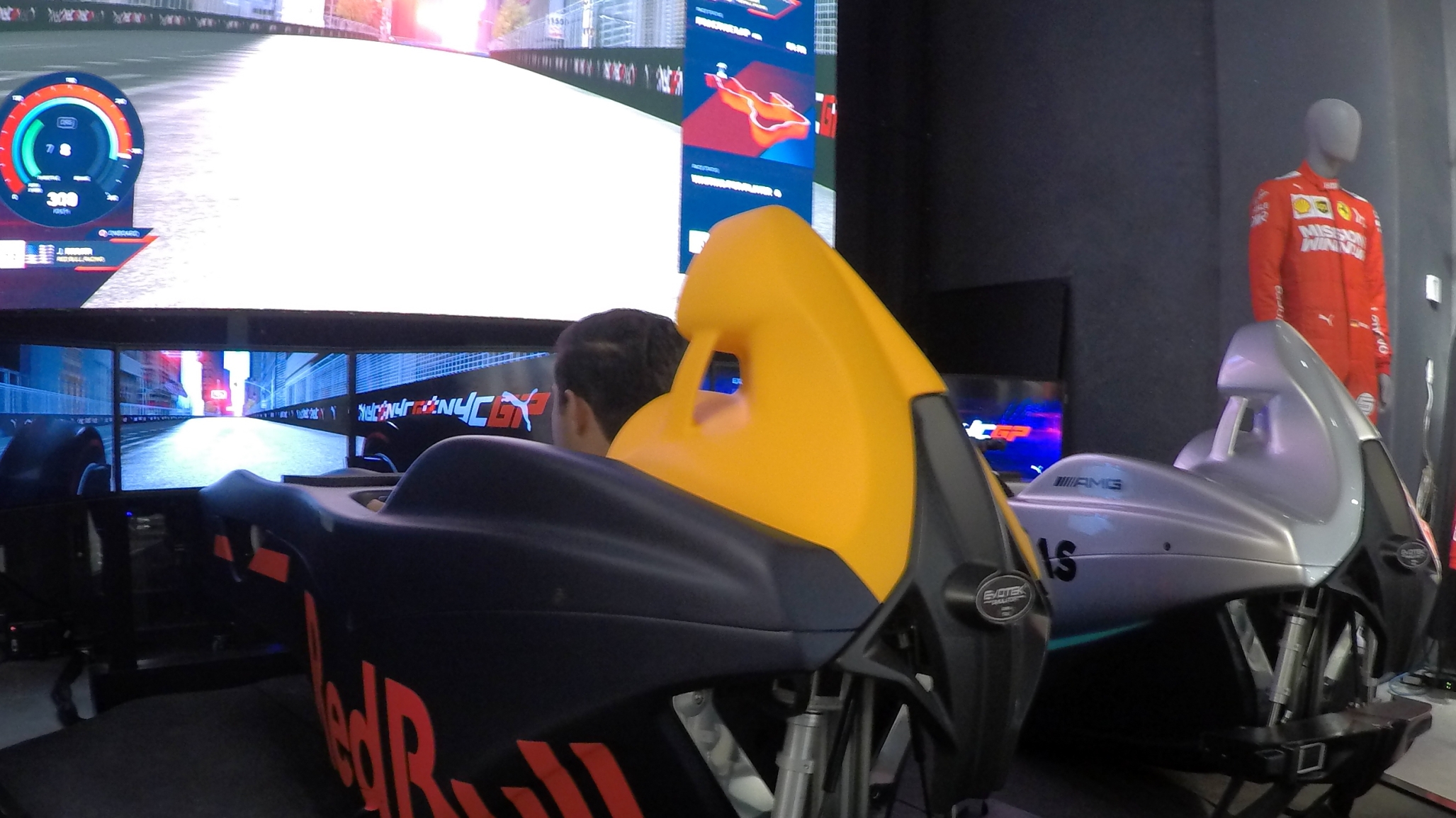
Perhaps the most interesting way the store achieves is through its motorsport experience, the NYCGP. The NYCGP invites consumers to (virtually) suit up, strap in and race through the surrounding streets of New York City in professional-grade F1 simulators developed by Evotek—the same simulators that real racers use. MediaMonks supported the experience by developing mobile sites for onboarding and offboarding, personalized registration via in-store kiosks and providing custom code to translate users’ racing performance from the simulator into a global leaderboard, updated in real time.
Build Awareness Through Brand Storytelling
The description above either excites you because you’re an F1 fan, or has you scratching your head asking: F-what? F1 racing isn’t as popular to North Americans as it is to the brand’s home in Germany and elsewhere in Europe, though the motorsport experience aims to change that in a personalized and exhilarating way. “Part of the drive behind Puma’s NYCGP motorsport experience was to help North America recognize F1 the way Europe does,” says Paige Kenmore, Experiential Sr. Producer at MediaMonks.
It also highlights the brand’s longstanding dedication to the sport through its racewear apparel and sponsorship of top teams like Red Bull and Mercedes-AMG, both of which are represented in the motorsport experience via brand ambassadors Max Verstappen and Lewis Hamilton. “[Brand] awareness is high, but actual understanding of all the things we’re doing on a daily basis isn’t as high as I’d like it to be,” Petrick told The Drum. By opening the conversation around the brand’s support for the sport, the motorsport experience serves as a great example for how to get those messages across.
“What’s really special about this experience is that this is brand ambassador focused, bringing the team celebrities into the experience to play a significant narrative role,” says Jessica Norton, Executive Producer at MediaMonks. “You’re engaging directly with the team members, and this gives the experience an added layer.”
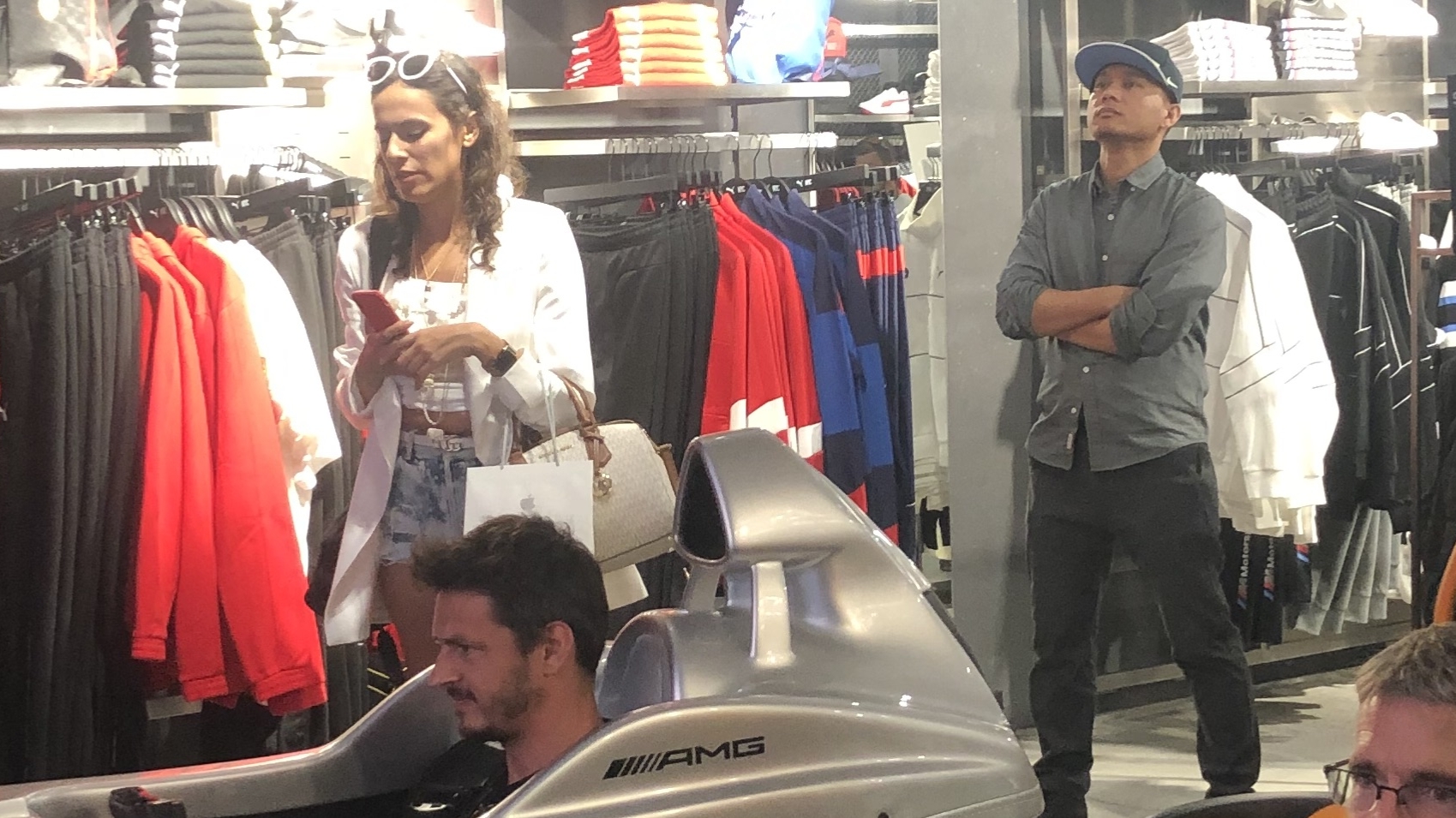
Racers don't have all the fun: shoppers can enjoy spectating or cheering on friends as they compete.
And this gets at the heart of what makes the experience—and by proxy, the store itself—really special: it eases shoppers into a world that might be new to them in a way that showcases what sets the brand apart from other athletic wear brands. “The NYCGP makes the experience personal and intimate to New York City itself, placing it in a landscape that they’re familiar with,” says Kenmore. In fact, racers and spectators will see the Puma store right there on the circuit track, among other recognizable landmarks like Radio City Music Hall, Central Park, Columbus Circle and more.
Despite the focus on NYC as a locality, the experience isn’t designed just for New Yorkers in mind. “Outside of just the business opportunity that exists here, we’re really excited about the visibility that this store brings, not just in New York but the international contingent,” Puma North America CEO Bob Philion to FN. The NYCGP supports its international visitors by letting racers select a country to represent, resulting in a global competition that reinforces the brand’s presence around the world.
Make a Connection Through Personalization
A strength of retail has historically been its service and attentiveness to consumers. While modern online shopping has enabled great improvements in relevance of product recommendations, in-store experiences infused with innovative tech provide a great opportunity to connect with consumers through emotionally driven experiences that build brand love.
The NYCGP makes the experience personal and intimate to New York City itself, placing it in a landscape that they’re familiar with.
Puma’s not alone in this shifting retail landscape. We’ve recently seen this shift occur led by some of the most iconic names in the space. Toys R Us may have shuttered its doors in the United States in 2018, for example, the retailer has bounced back as TRU Kids Brands, with plans for experiential store-within-a-store concept. Macy’s has piloted something similar with its Story concept, in which products featured follow a specific and ever-changing narrative. And of course, no one can forget Apple’s “town square” concept that effectively transforms the store into a community space for learning about how to make the most out of the company’s technology.
The Puma motorsport experience similarly builds connection with consumers because every interaction—from registration to queueing for a race to offboarding—is narrative-driven and infused with personalization. Tying each interaction to the brand promise is key to differentiation, and the NYCGP succeeds in motivating races and building excitement to compete as they await their turn on the circuit.
Related
Thinking
Sharpen your edge in a world that won't wait
Sign up to get email updates with actionable insights, cutting-edge research and proven strategies.
Monks needs the contact information you provide to us to contact you about our products and services. You may unsubscribe from these communications at any time. For information on how to unsubscribe, as well as our privacy practices and commitment to protecting your privacy, please review our Privacy Policy.
